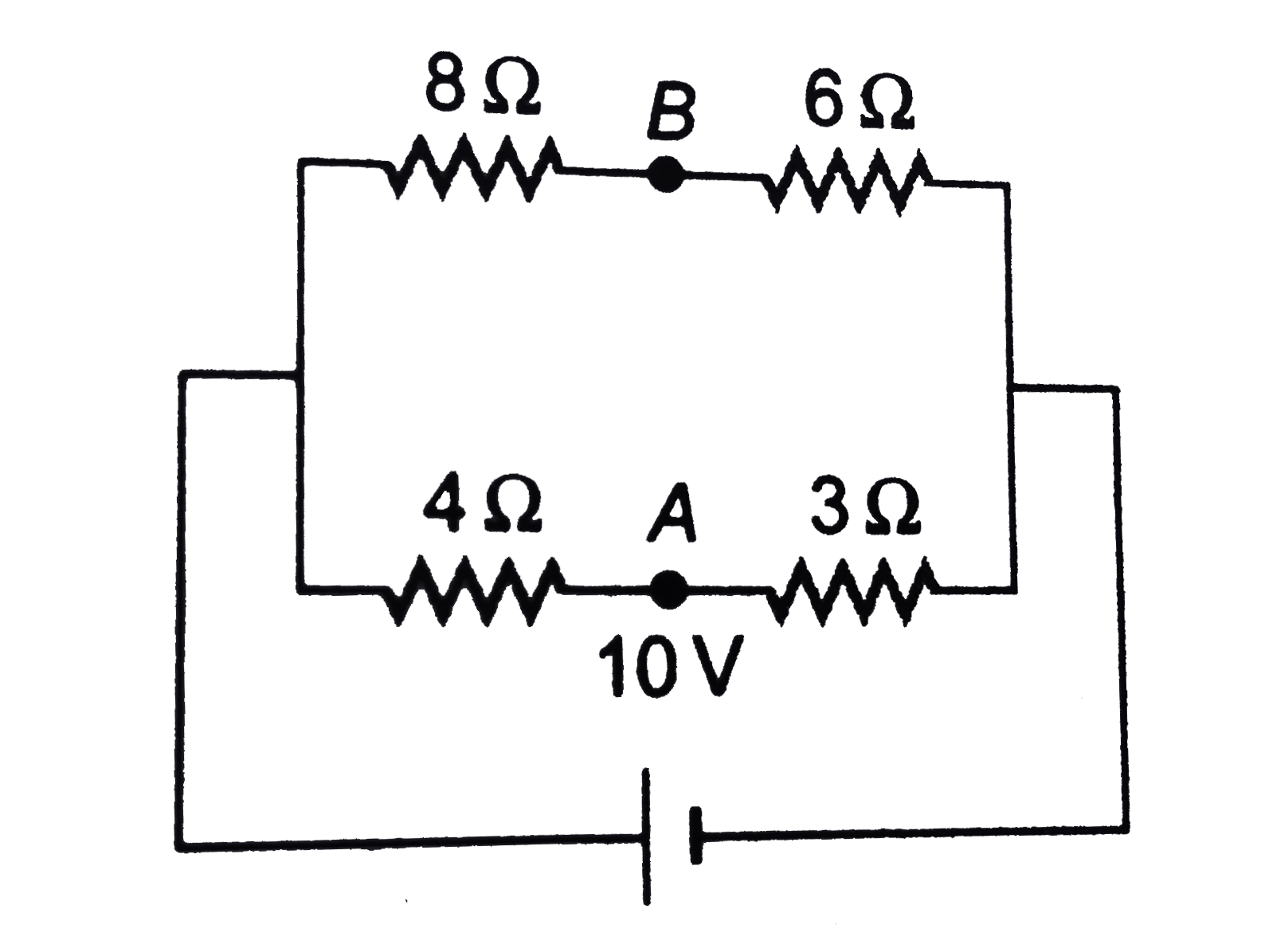Refer to above question , the potential difference between C and D is :
80 m V
zero
40 mV
60 mV
The correct Answer is:c
To find the potential difference between points C and D, we can follow these steps:
Step 1: Identify the given values
- Side of the square (length of the rod) = 20 cm = 0.2 m
- Rate of change of magnetic field (dB/dt) = 2 T/s
Step 2: Determine the induced electric field (E)
The induced electric field (E) due to the changing magnetic field is given by the formula:
E=d2⋅dBdt
where d is the distance from the center of the square to the side where points C and D are located. Since the side length is 20 cm, the distance d is:
d=20cm=0.2m
Substituting the values:
E=0.22⋅2=0.1⋅2=0.2V/m
Step 3: Calculate the potential difference (V) between points C and D
The potential difference (V) can be calculated using the formula:
V=E⋅L
where L is the length of the rod between points C and D, which is also 20 cm = 0.2 m.
Substituting the values:
V=0.2⋅0.2=0.04V
Step 4: Convert the potential difference to millivolts
To express the potential difference in millivolts:
V=0.04V=40mV
Final Answer
The potential difference between points C and D is:
V=40mV
---
- Side of the square (length of the rod) = 20 cm = 0.2 m
- Rate of change of magnetic field (dB/dt) = 2 T/s
The induced electric field (E) due to the changing magnetic field is given by the formula:
E=d2⋅dBdt
where d is the distance from the center of the square to the side where points C and D are located. Since the side length is 20 cm, the distance d is:
d=20cm=0.2m
E=0.22⋅2=0.1⋅2=0.2V/m
The potential difference (V) can be calculated using the formula:
V=E⋅L
where L is the length of the rod between points C and D, which is also 20 cm = 0.2 m.
V=0.2⋅0.2=0.04V
To express the potential difference in millivolts:
V=0.04V=40mV
The potential difference between points C and D is:
V=40mV
Topper's Solved these Questions
- ELECTROMAGNETIC INDUCTIONBOOK - CENGAGE PHYSICS ENGLISHCHAPTER - ELECTROMAGNETIC INDUCTIONEXERCISE - compression type
7 Videos
- ELECTROMAGNETIC INDUCTIONBOOK - CENGAGE PHYSICS ENGLISHCHAPTER - ELECTROMAGNETIC INDUCTIONEXERCISE - comprehensive type
7 Videos
- ELECTRICAL MEASURING INSTRUMENTSBOOK - CENGAGE PHYSICS ENGLISHCHAPTER - ELECTRICAL MEASURING INSTRUMENTSEXERCISE - M.C.Q
2 Videos
- ELECTRON,PHONTS,PHOTOELECTRIC EFFECT & X-RAYSBOOK - CENGAGE PHYSICS ENGLISHCHAPTER - ELECTRON,PHONTS,PHOTOELECTRIC EFFECT & X-RAYSEXERCISE - dpp 3.3
15 Videos
Similar Questions
Knowledge Check
In the given circuit, the potential difference between A and B is
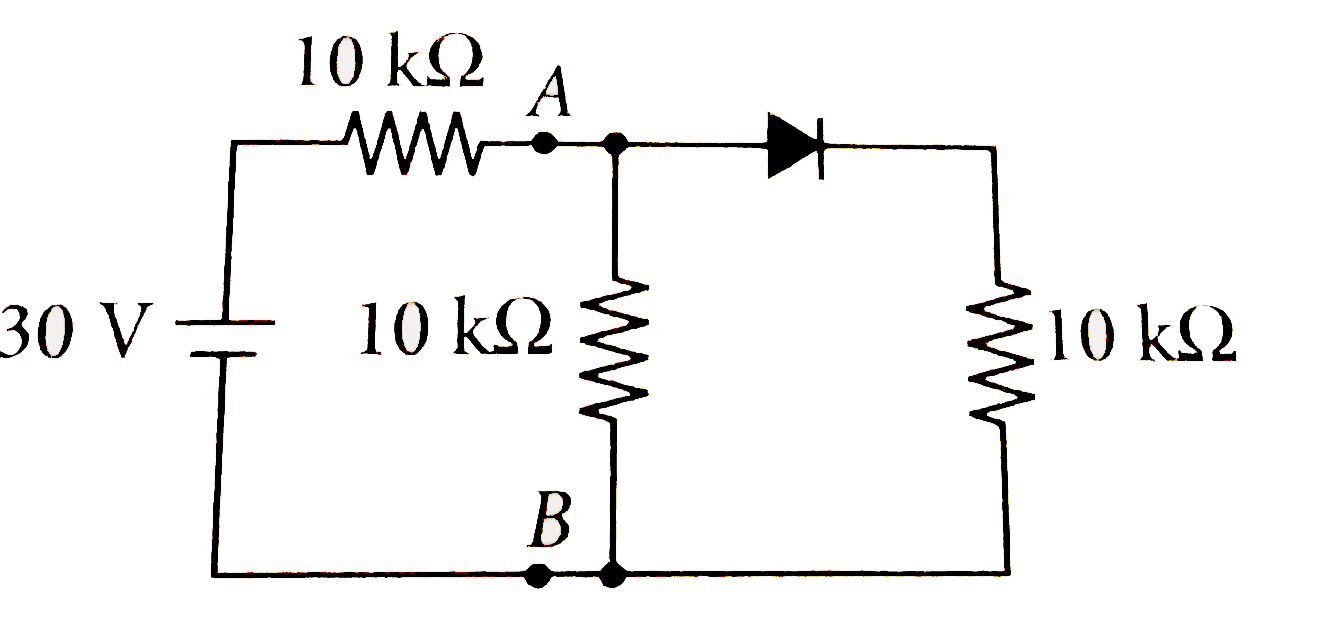 A10 VB15 VC20 VD5V
A10 VB15 VC20 VD5V
The potential difference between points A and B is
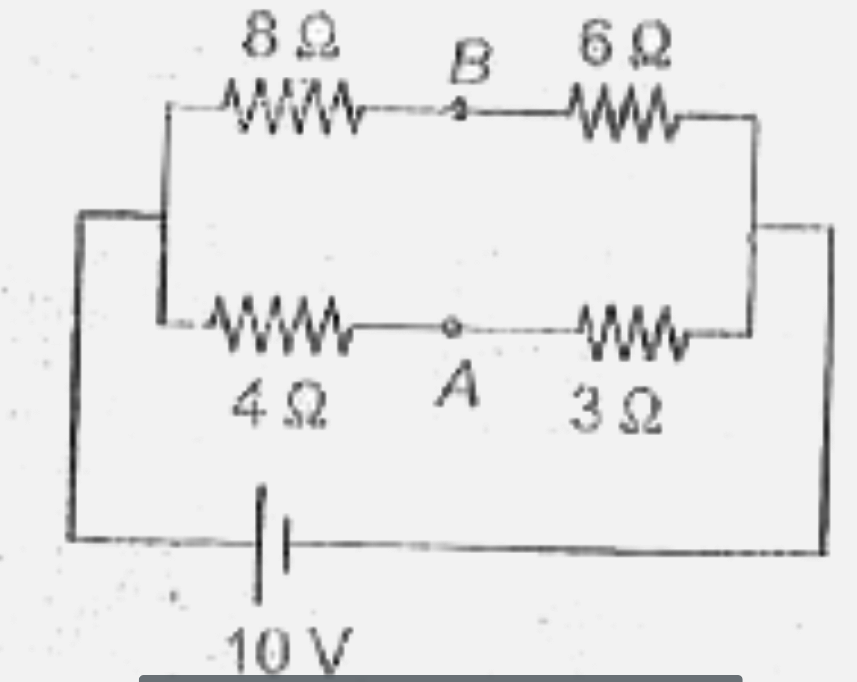
View SolutionIn the figure potential difference between A and B is :
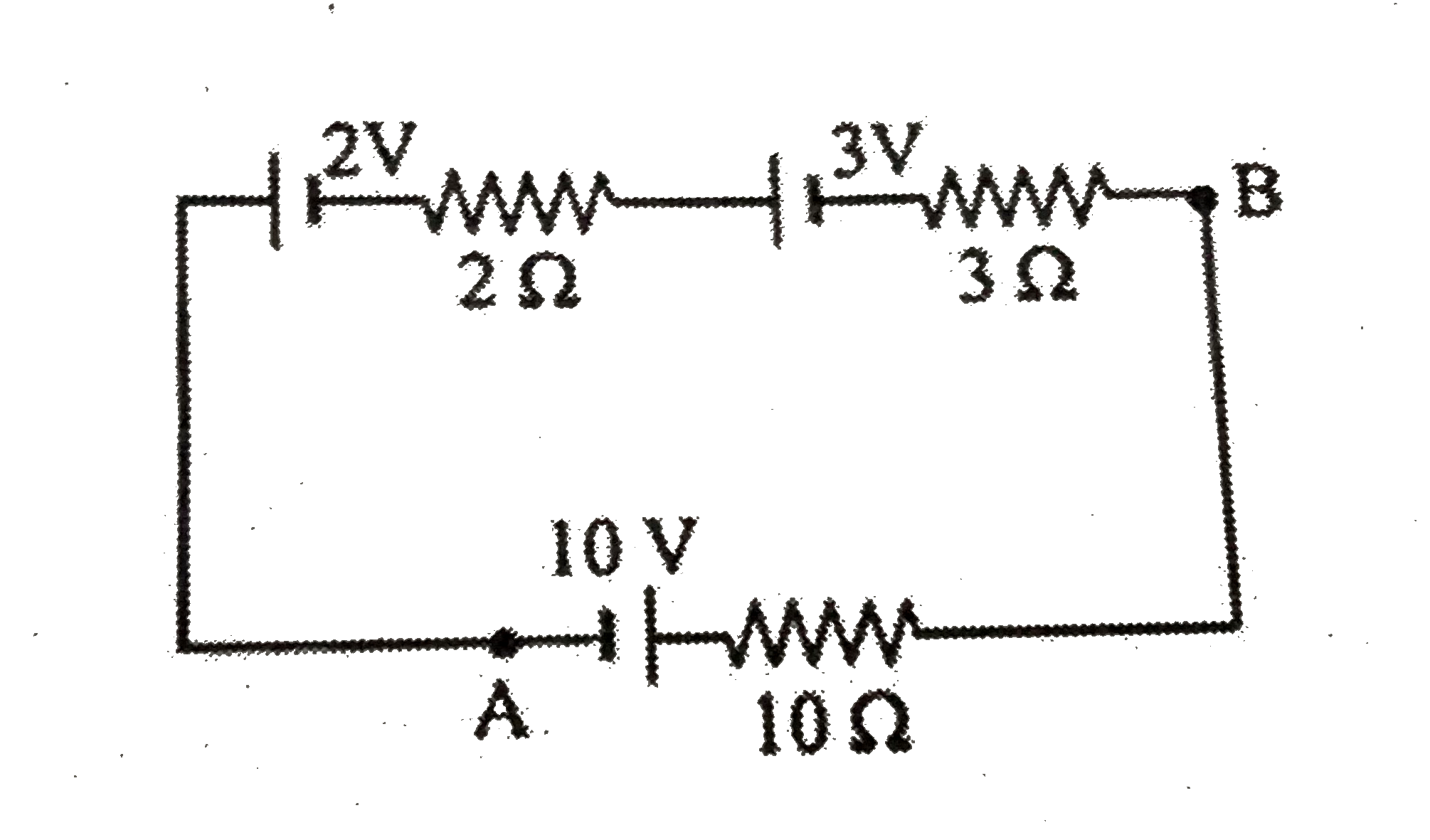
View Solution(i) Find the potential difference between A and B.
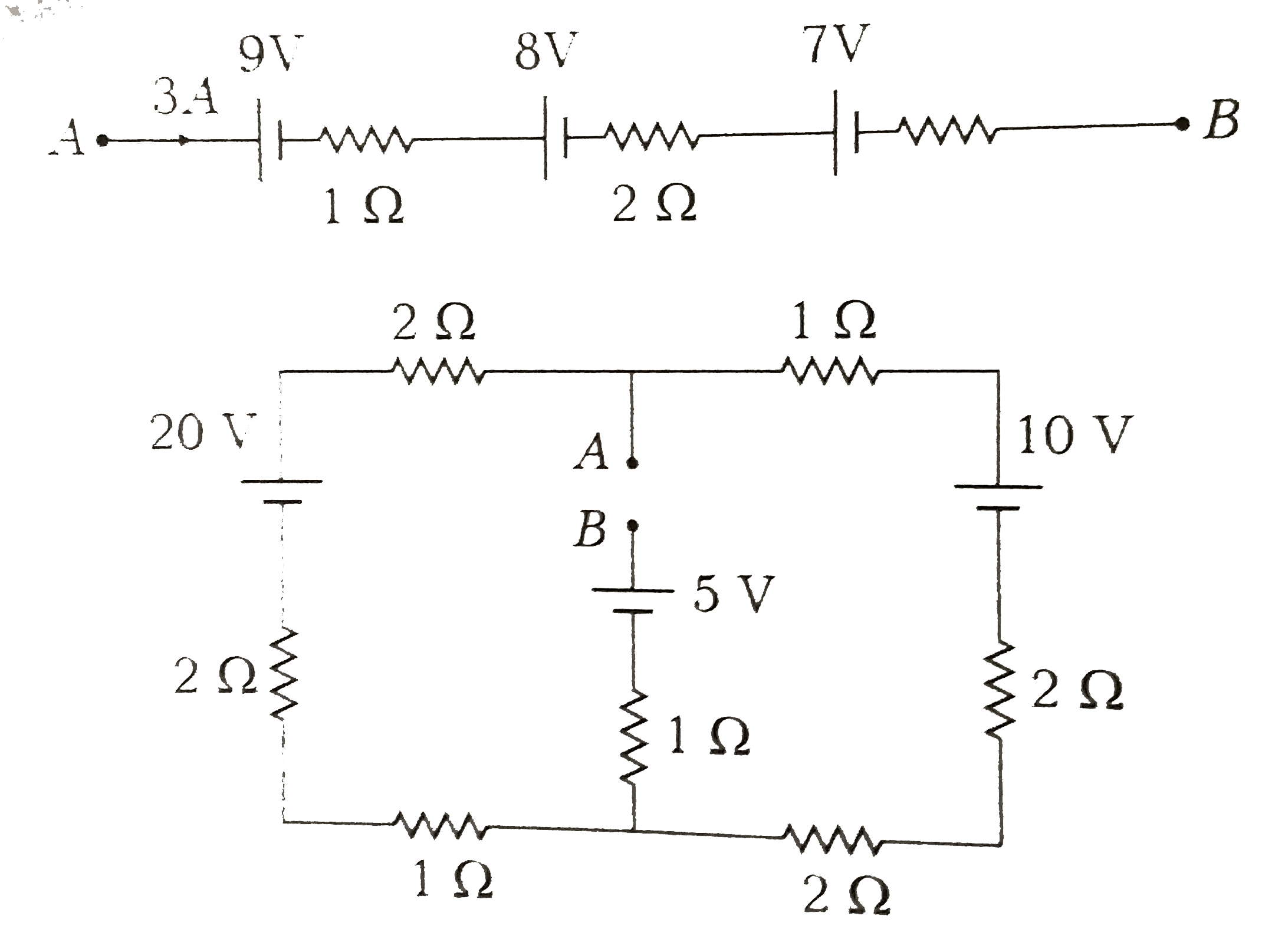
View SolutionZeta potential is the potential difference between
View SolutionIn the circuit shown, the potential difference between A and B is .
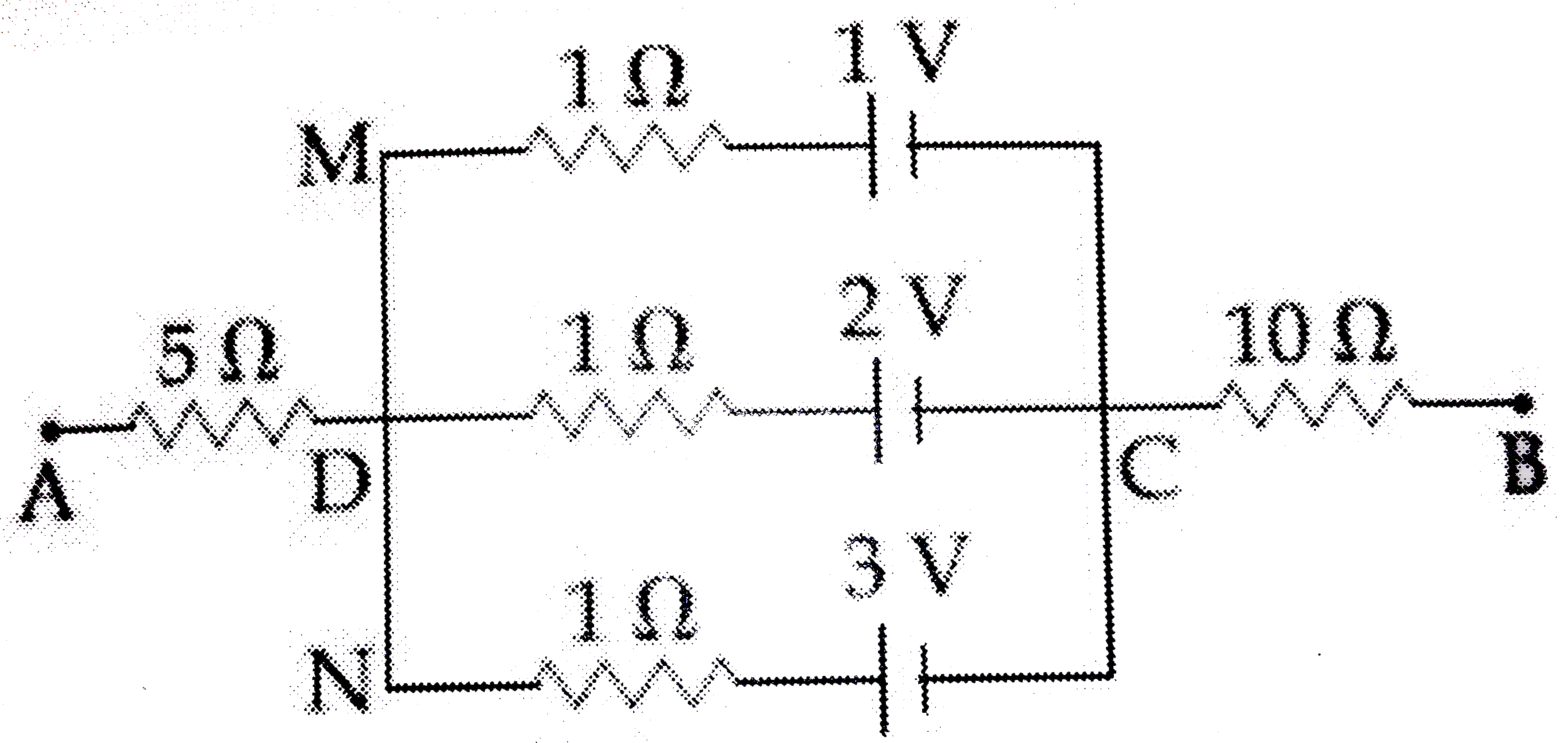
View SolutionIn the figure, potential difference between A & B is
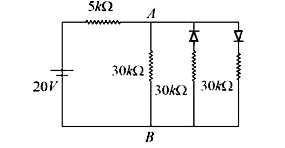
View SolutionIn the figure, potential difference between A & B is
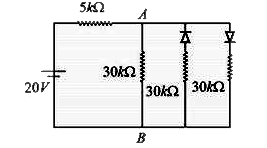
View Solution

